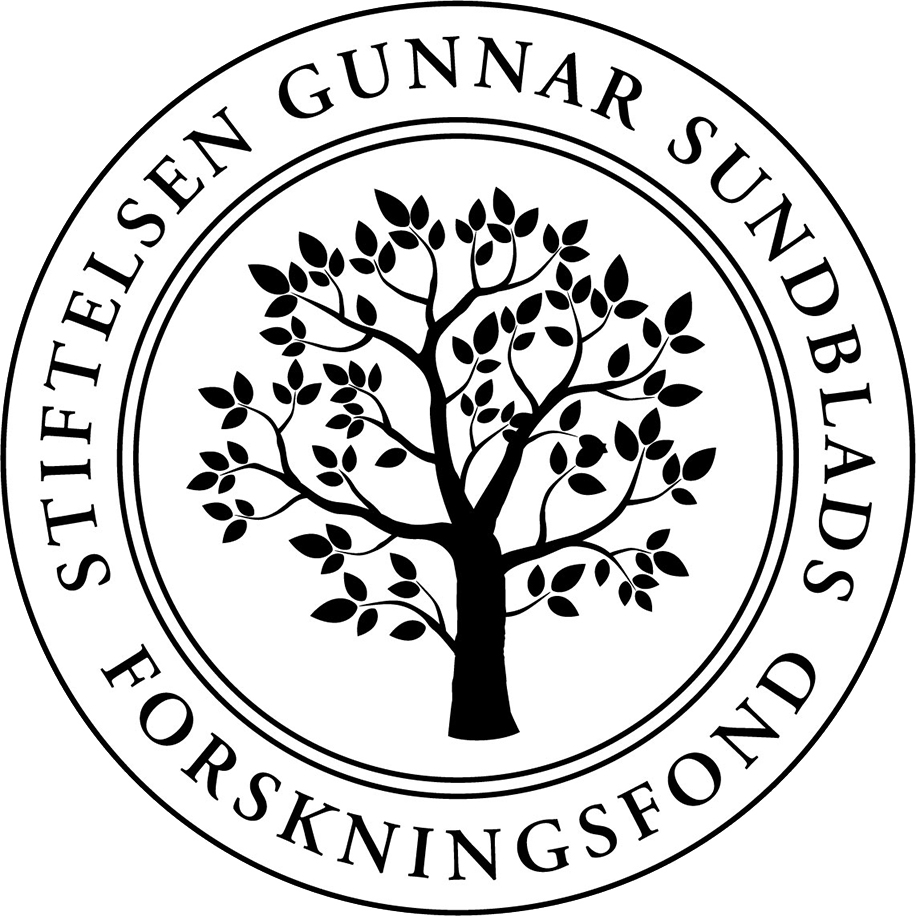More added value from non-wood ecosystem services
In 2040, we have successful new business models based on forest ecosystem services. They are often based on cross-sectoral cooperation with sectors such as food, water and tourism. The added value from new markets for non-wood forest goods (mushrooms, berries, clean water) and services (recreation, tourism, climate change mitigation) has increased tenfold.
A
Improving business opportunities for non-wood forest products
Non-wood products from forests, such as cork, are part of the circular bioeconomy, and offer both economic benefits and employment opportunities. Their role in adding to forest owners’ income could be strengthened significantly while simultaneously making a diversifying contribution to regional economies. Research is needed on adapted integrative forest management approaches that can improve the sustainable supply of non-wood forest products both in terms of quantity and quality. In addition, new business cases and co-operation models should be developed to successfully bring these products to market in an economically viable way. New avenues for processing these materials to create higher
added value end products should also be explored. This includes cross-sectoral collaboration to ensure effective processing and branding, as well as the creation of standards, labels, marketplaces and platforms.
Examples of research and innovation activities
- Establish new value chains and business models that involve forest owners and other sectors to create value added products and expand markets
- Adapt forest management to improve the productivity and quality of mushrooms and plants for food, as well as for pharmaceutical uses
- Develop standards for non-wood forest products
B
Enhancing value creation with other ecosystem services
Besides woody biomass and non-wood products, other forest ecosystem services also benefit society, and can contribute to inclusive regional growth. To meet the growing demand of services, new approaches should be developed to deliver these in a more market-oriented way. Research is needed to improve integrative forest management approaches that can support the provision of these services (e.g. recreation, health, wellbeing, carbon sequestration, clean air) and, at the same time, provide biomass and other products. Such balanced approaches should be as unperturbed as possible by changing climate conditions. Concepts, including the upscaling phase, need to be developed to evaluate the economic value and interest of these ecosystem services. Effective business cases then need to be developed, demonstrating how services can be provided in an economically viable way. This is likely to require cross sectoral co-operation (e.g. tourism, health & wellness sectors) and the involvement of those who would use the services)
Examples of research and innovation activities
- Establish new value chains and business models based on co-operation between forest owners and users of ecosystem services
- Develop an economic valuation method for nonwood forest ecosystem services at national and European levels that includes the effects on employment
- Analyse the efficiency of various financial incentive systems and instruments for enhanced provision of other ecosystem services, including payment for ecosystem services (PES) and PES-like schemes
C
Providing forest-based benefits for urban and peri-urban societies
Trees, woodland and forests in, and near, densely populated areas offer nature-based solutions for urban resilience and climate-smart cities. Urban agglomerations will need to fully extract the benefits offered by the forests around them, e.g. for improving the local/ regional climate, providing recreational and leisure activities, and generating health benefits. Research is needed to meet the growing demands placed on forests close to cities, urban trees and forests planted near to buildings. These demands include: reducing buildings’ energy consumption for cooling and heating; community benefits from parks, greenways, open spaces and other natural landscape elements; improving the air quality, health and well-being of urban citizens; and providing local biomass. This requires better knowledge and understanding of citizens’ perceptions and behavioural economics, in order to adapt forest and tree management to urban needs. To do this, concerned urban planning and participatory co-creation processes should be used.
Examples of research and innovation activities
- Research the impact of urban trees and forests on the health and well-being of urban citizens under new climate conditions
- Analyse economic and social interdependencies between urban and forested rural regions and the influence of geographical distance
- Assess risks of city extensions for forests (e.g. wildfires, new pathogens)
D
Identifying the benefits of forest expansion as a consequence of land-use change
Europe is seeing significant forest expansion due to the abandonment of rural areas, driven by economic and demographic changes. Recently established forests provide key ecosystem services, such as establishing new habitats, which helps conserve biodiversity, and increasing carbon stocks, which helps mitigate climate change. They can also contribute to biomass production, encouraging a growing circular bioeconomy in the region. Research is needed to forecast the drivers and tendencies in forest expansion in the EU, as well as its impacts on the regional socio-economic systems and water regime. Related risks and the resilience of such newly established forests on sites with a different land-use legacy (soil characteristics shaped by former agricultural practices), have to be analysed in comparison with long-established forests. This includes the increased use of agroforestry systems.
Examples of research and innovation activities
- Investigate the consequences of forest transition on biodiversity, resilience (e.g. forest fires, soil erosion) and bioeconomy development in different European regions
- Develop regional strategies for enhanced provision of ecosystem services by expanding forests, focusing on social benefits (e.g. recreational and ecotourism opportunities, spiritual sites)
- Assess the potential in the EU for rewilding forested landscapes in regions with land abandonment
E
Innovation in forest governance to promote forest-based benefits for society
The EU will face a new era of forest-related governance after 2020, due to a combination of factors. These include the need to support agreed global policy targets, global changes in markets and political power balances, new EU policies, a new orientation of the FOREST EUROPE process, and possibly a new legally binding agreement on forests in Europe. Research is needed on new European co-governance arrangements, providing stronger strategic guidance, coordination and coherence among different policy domains in terms of forests. This includes intra- and cross-sectoral policy and outlook studies to develop a better understanding of synergies and trade-offs in a complex policy environment. It also includes policy implementation and impact research to study how these goals and targets are implemented in the national and local contexts. The respective sociopolitical strategies need to be defined, and an improved science-policy interface is needed so that innovative governance initiatives can be successfully implemented.
Examples of research and innovation activities
- Perform comparative analysis of forest governance regimes and practices in the EU Member States
- Develop impact assessment tools for policies that affect the forest-based sector to better capture its complexity and trade-offs
- Design new European forest co-governance arrangements that include better cross-sectoral integration



